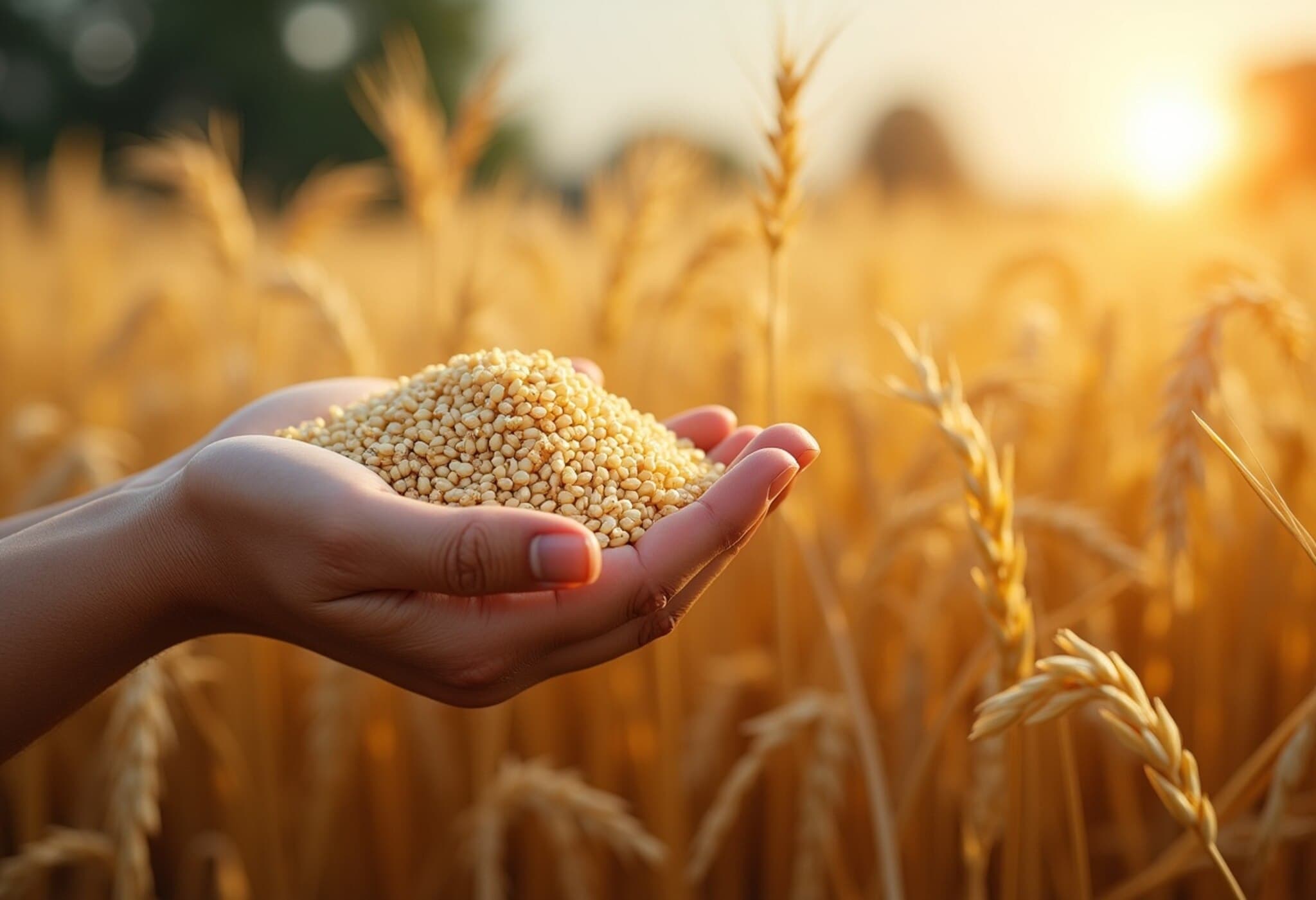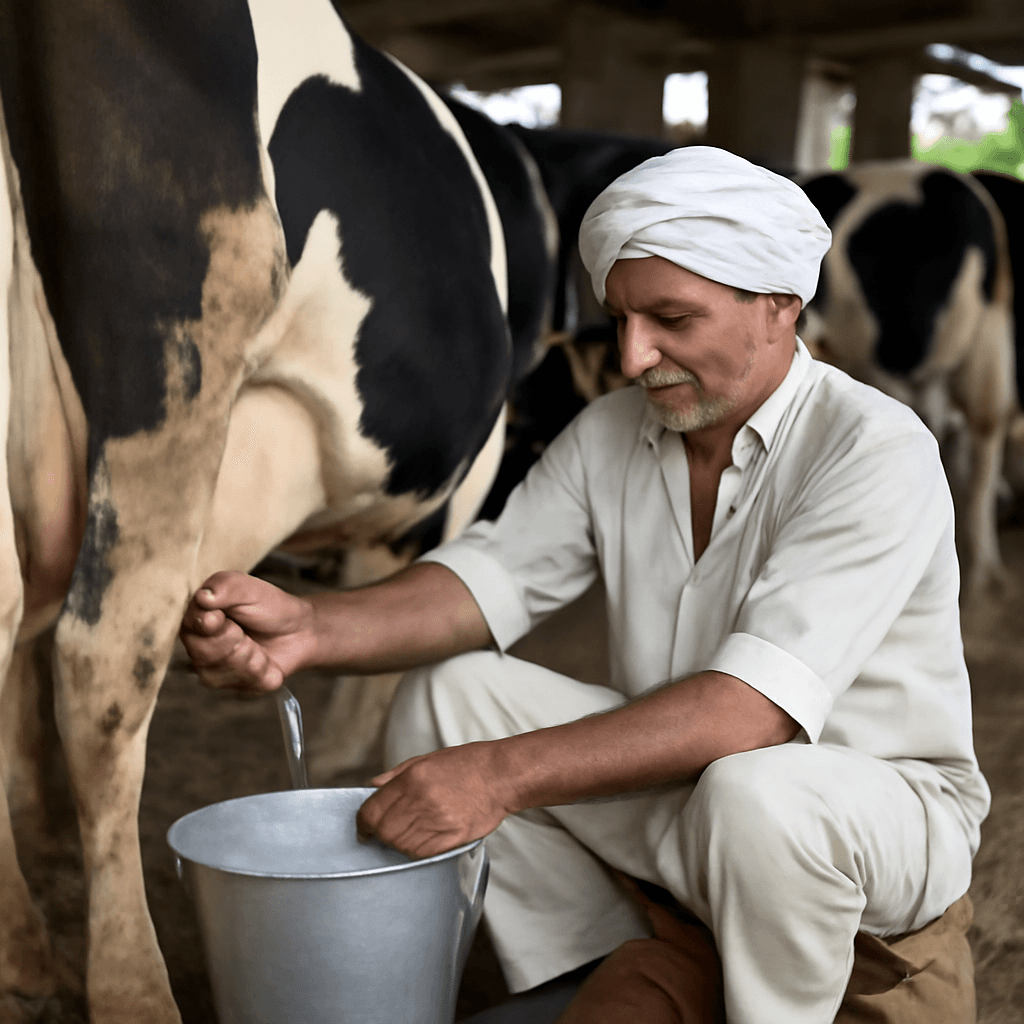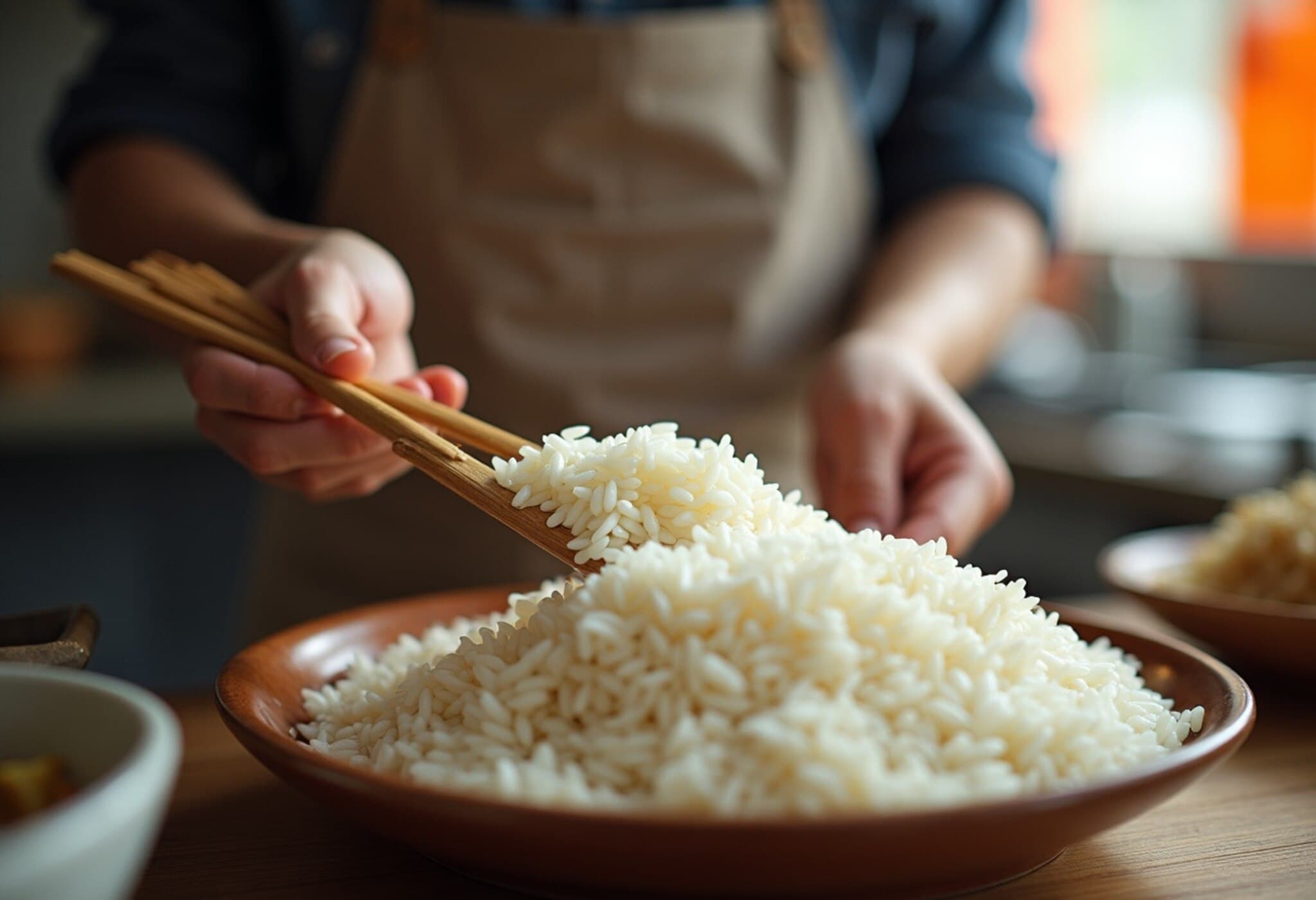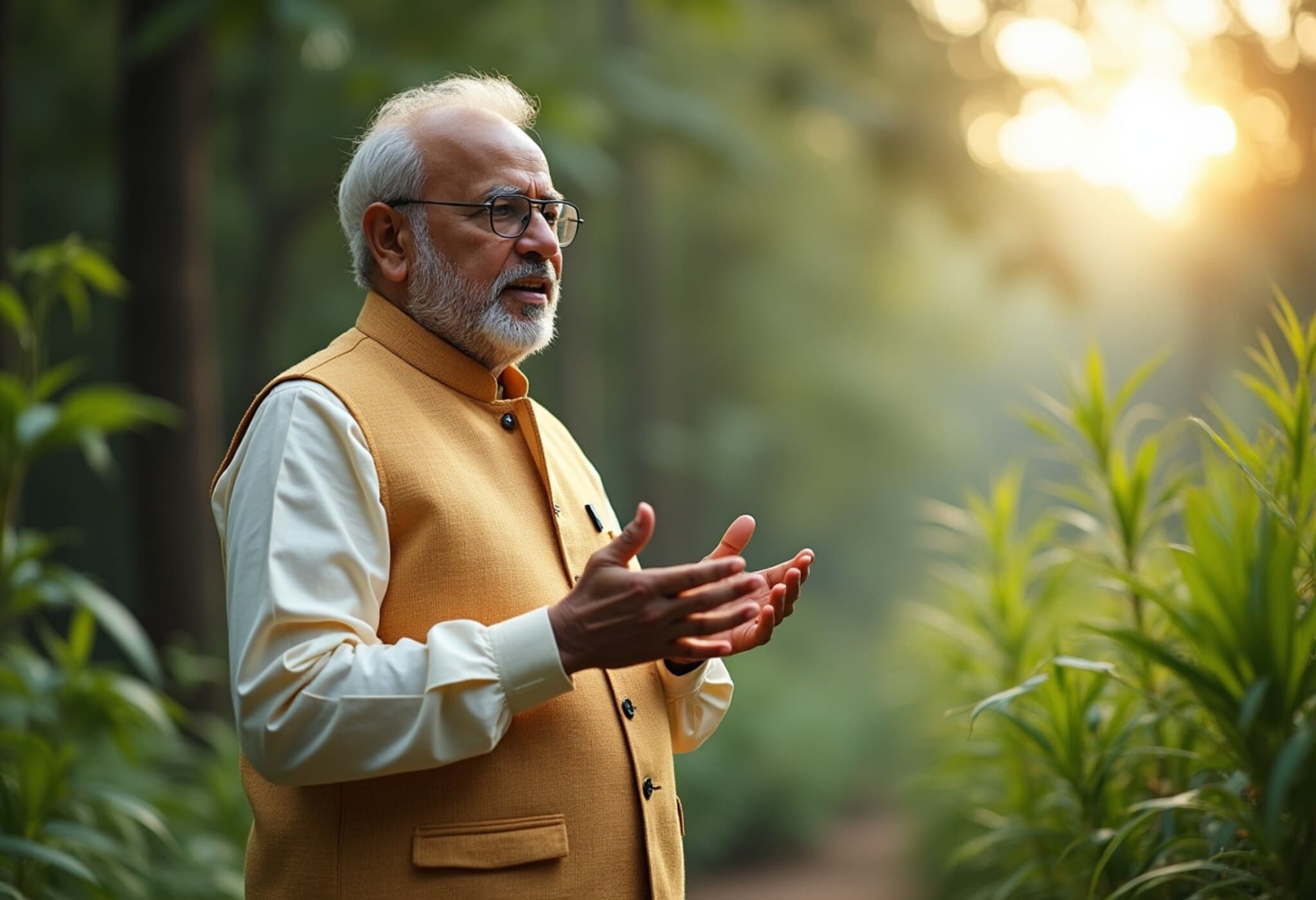Bangladesh’s Large Rice Import Plan Sparks Optimism Among Indian Exporters
Indian rice millers and exporters are gearing up for a promising surge in demand as Bangladesh prepares to import a hefty 9 lakh tonnes of rice. This strategic move by Bangladesh comes amidst concerns over potential crop losses caused by heavy rainfall during its Amon paddy season.
India Poised to Benefit as World’s Leading Rice Exporter
Accounting for nearly 46% of global rice exports, India naturally stands to benefit significantly from Bangladesh’s import decision. Proximity plays a critical role here, as well as India's consistent supply chain capabilities and competitive pricing, which often makes it the first choice for neighboring countries in need.
According to industry insider and Ricevilla Foods CEO, Suraj Agarwal, approximately 4 lakh tonnes of rice will be imported directly by the Bangladesh government through international tenders, while private traders are expected to bring in the remaining 5 lakh tonnes. This early import planning highlights Bangladesh’s cautious approach to mitigate risks tied to adverse weather impacts on domestic crop yields.
Regional Impact: Bengal and Other States Set to Gain
The export plan is anticipated to particularly uplift rice mills and traders in West Bengal, a state historically connected closely with Bangladesh through trade. Rahul Agarwal, Director of Jai Baba Bakreswar Rice Mill, predicts at least 30-40% of the private imports will come from Bengal-based producers and traders, who will also vie for the government tenders.
Other Indian states such as Jharkhand, Andhra Pradesh, Odisha, and Bihar are similarly positioned to reap substantial benefits. These regions cultivate popular varieties like Swarna, Ratna, Miniket, and Sona Masoori, all expected to see price hikes propelled by this anticipated demand.
Price Predictions and Market Dynamics
Industry experts forecast a noticeable uptick in rice prices. For instance, the price of Swarna Masoori parboiled rice is predicted to rise from Rs 29 per kg (ex-mill) to approximately Rs 31-32 per kg. Similarly, the Miniket variety, currently priced around Rs 41-42, could touch Rs 45 per kg.
These price adjustments reflect the natural forces of supply and demand, but also underscore how closely intertwined regional agricultural economies are with geopolitical decisions and climatic variables.
Broader Food Security and Social Welfare Implications
Bangladesh’s import initiative is part of a larger food security strategy as the country expands its food-friendly program to serve around 55 lakh families, providing rice at a subsidized rate of Tk 15 per kg. This program aims to alleviate hunger and stabilize food prices amid challenges posed by weather and crop cycles.
Additionally, Bangladesh has already procured significant quantities of Boro paddy and rice earlier this year, showing proactive measures to sustain food availability and affordability.
Strategic Export Hubs and Logistics
Indian rice export operations will likely be routed through key ports such as Visakhapatnam and Paradip, which serve as vital logistics nodes facilitating swift and efficient shipment to Bangladesh and other neighboring markets.
Expert Commentary: Navigating Risks and Opportunities
While the impending surge in rice exports signals lucrative prospects for Indian millers, it also raises important questions about sustainability amid climate volatility. Exporters and policymakers alike must consider how shifting weather patterns impact crop yields and cross-border trade dynamics.
Moreover, with India imposing restrictions on garment and jute exports through the Petrapole border, observers will keenly watch how trade relationships adapt, ensuring that essential commodities like rice continue uninterrupted.
Looking Ahead: What This Means for Global Rice Markets
Bangladesh's early and sizable buffer stock procurement exemplifies a broader trend among import-dependent countries strengthening their food security frameworks. For Indian exporters, this represents not just an immediate boost but a potential long-term opportunity to solidify market positioning in South Asia.
Editor’s Note
This development underscores how geo-economic factors and climate uncertainties converge to shape agri-trade patterns. While Indian exporters celebrate a welcome demand surge, the international community should pay close attention to underlying vulnerabilities in food production.
Will this robust import plan encourage Bangladesh to diversify suppliers or intensify domestic agricultural resilience efforts? How will India balance export opportunities with domestic food security concerns? These critical questions frame a complex, evolving narrative demanding nuanced understanding beyond simple trade benefits.



















